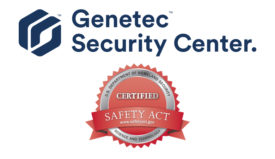Standards, Regulations & Legislation
The rulings and specifications that govern security services — from the latest industry standards; to municipal, state and federal laws; to compliance considerations in specific vertical sectors.
ARTICLES
Life Safety & Fire Alarm
2023 Guide to Fire Alarm Detectors & Initiating Devices
An updated guide to the latest technology, codes and regulations impacting fire alarm detectors and devices.
Read More
Get our new eMagazine delivered to your inbox every month.
Stay in the know on the latest security marketplace trends.
SUBSCRIBE TODAY!Copyright ©2024. All Rights Reserved BNP Media.
Design, CMS, Hosting & Web Development :: ePublishing









